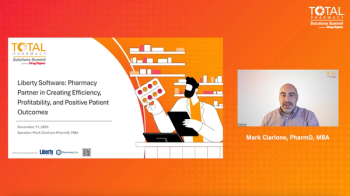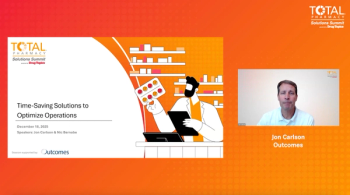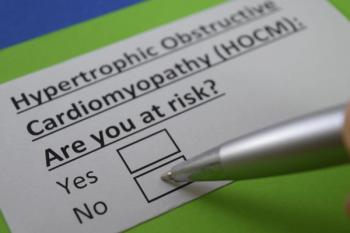
Health system drug diversion harming patients
Drug diversion in healthcare settings is more common than medical professionals think, according to a new report from the Centers for Disease Control and Prevention. In addition, the diversion of controlled substances can result in harm to the patients.
In the CDC
“All healthcare facilities intend to provide good care, but many do not appreciate the frequency with which diversion occurs. They trust their employees to do the right thing. It is unimaginable that an employee’s addiction would go undetected or that a diverter would harm a patient,” wrote Kimberly New, JD, BSN, RN, president of the Tennessee Chapter of the National Association of Drug Diversion Investigators in the CDC’s Safe Healthcare blog. “Facilities may view events as isolated occurrences, and be unsure of what to do once diversion is discovered.”
The review identified six outbreaks within hospital settings in eight states over a 10-year period, starting in 2004. Implicated healthcare professionals included three technicians and three nurses. In four of these outbreaks, the implicated healthcare professional was infected with the hepatitis C virus and served as the source of disease transmission to patients. Two other outbreaks resulted from improper drug handling by drug-diverting healthcare professionals, infecting patients with bloodstream bacterial infections.
"The outbreaks we have identified illustrate some of the devastating and wide-reaching impacts of drug diversion in U.S. healthcare settings," wrote study co-authors Melissa K. Schaefer, MD, and Joseph F. Perz, DrPH, of the Division of Healthcare Quality Promotion of the National Center for Emerging and Zoonotic Infectious Diseases at the CDC. "Healthcare facilities should ensure that patients safely receive medications as prescribed. This effort includes having systems in place to prevent drug diversion as well as developing protocols for early detection and appropriate response if, despite safeguards, diversion does occur."
To prevent diversion, healthcare facilities should enforce strong narcotics security measures and maintain active monitoring systems, according to the CDC. Appropriate response when diversion is suspected or identified includes prompt reporting to law enforcement agencies and assessment of harm to patients, including assessment of possible infection risks.
The Drug Enforcement Agency expects facilities to adequately screen potential employees for the risk that they may be involved in diversion. “In order to reduce the risk of diversion, federal regulations require facilities to keep medications secure at all times, to accurately track medications as they are used, and be capable of quickly identifying and quantifying theft or diversion,” New wrote.
Newsletter
Pharmacy practice is always changing. Stay ahead of the curve with the Drug Topics newsletter and get the latest drug information, industry trends, and patient care tips.











































































































































































































